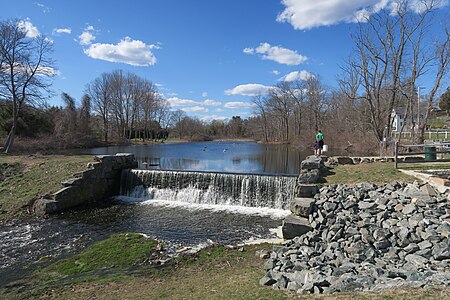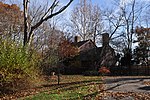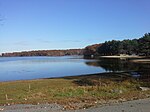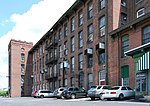Butterfly Pond
Lakes of Providence County, Rhode IslandLakes of Rhode IslandLincoln, Rhode IslandRhode Island stubs

Butterfly Pond, also known as Aldrich Brook, is a body of water in the town of Lincoln, in Providence County, Rhode Island.
Excerpt from the Wikipedia article Butterfly Pond (License: CC BY-SA 3.0, Authors, Images).Butterfly Pond
Great Road,
Geographical coordinates (GPS) Address Nearby Places Show on map
Geographical coordinates (GPS)
| Latitude | Longitude |
|---|---|
| N 41.907222222222 ° | E -71.432222222222 ° |
Address
Great Road 709
02865
Rhode Island, United States
Open on Google Maps










